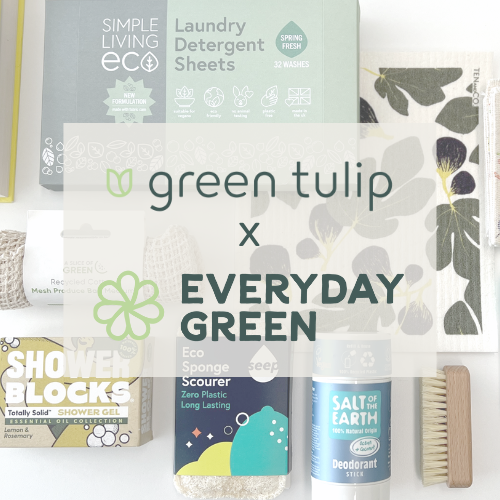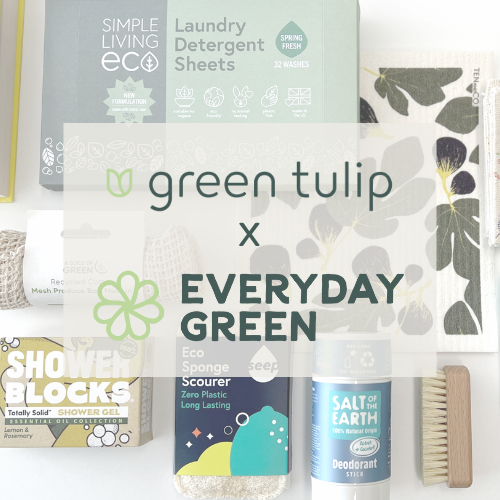5 easy tips for a bee-friendly garden
Bees play a vital role in our ecosystem and environment. They assist in pollination, balance our habitat, and give us delicious honey and beeswax for various uses - like our beeswax wraps!

It's estimated that bees are responsible for pollinating 75% of the world's flowering plants. We wont get far without them, especially as that includes nearly all of our fruits, vegetables and nuts! That’s quite a responsibility and they need our help to protect them. There’s evidence of a dramatic decline in bees and other pollinators due a combination of factors, including habitat loss, climate change and use of pesticides.
But there are simple things we can all do to help the bees; gardens can be some of the best habitats for bees, no matter how large or small your outdoor space is. So we spoke to Kate, our eco-expert, for her tips to make a bee-friendly garden:
5 easy tips for a bee-friendly garden
-
Planting bee-friendly plants
Plants like native flowers, shrubs, and trees can make a world of difference to your local bees, or simply scatter wildflower seeds. Having blooms that last from March until September is especially beneficial for the pollinators. -
Say buzz off to tedious weeding - bees need weeds!
Flowering weeds such as dandelions, clover and daisies are early blooming and perfect for bees when there is not much else around. Why not take part in 'No Mow May' this month, like everyone in the Green Tulip team? -
Stay away from harsh pesticides
Unfortunately, some of the most popular weedkillers contain elements that can be harmful to bees and to your garden. However, there are natural and bee-friendly alternatives that can easily solve your problem without putting anyone in danger. Do your research on 'bee friendly natural pesticides' for a sustainable solution. -
Create bee-friendly habitats
This is an easy way to show your support for our pollinators. You can choose to either build a bee hotel or naturalize a space with long grass, logs, and undisturbed shrubs. Make sure your bee hotel remains dry and well-lit for the larvae! -
Quench bees' thirst
Provide a source of water such as a tray with some rocks in it, and fill it up regularly with fresh water. The bees will thank you immensely!
For more advice on helping bees season by season, find out how to make your garden bee-friendly in spring, summer, autumn and winter from Gardeners' World.
Shopping for a bee-lover in your life - or maybe even buying yourself something bee-utiful? Look no further; we have 10 amazing gift ideas just perfect for the bee enthusiasts, and entire gift collection dedicated to nature lovers.
Lastly, if you ever find a bee in trouble, the best way to help is by providing it with some sugar water. This can give it enough energy and sustenance to get back on its feet and fly away safely.
Happy 'No Mow May' and keep a look out for World Bee Day on 20th May 🐝





